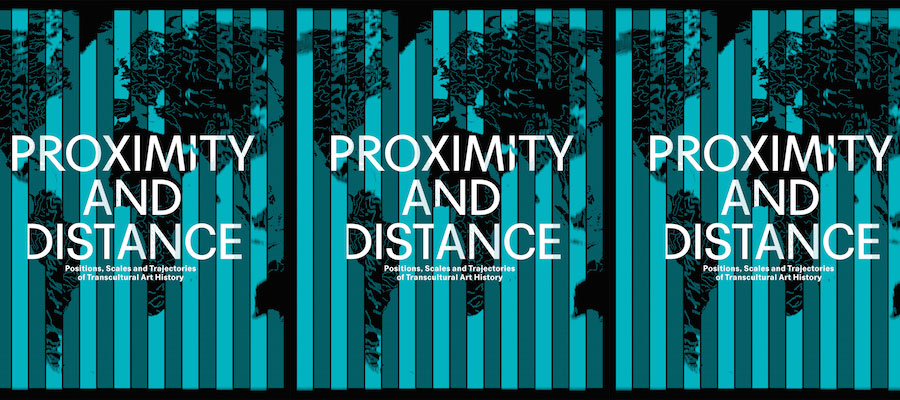Global Art History, or Transcultural Art Histories? Critical Terms, Historiographies, and Elective Affinities with Archaeology, Anthropology, History of Science, and Art, Heinrich Wölfflin Lectures 2015, lecture by Gerhard Wolf, University of Zurich, September 29, 2015, 4:15–6:00 p.m.
The lecture is the first of six lectures. It explores the terminological, disciplinary, and transdisciplinary aspects of transcultural art histories. Whereas ‘global’ defines the potentially planetary scope of art history, its chronologies pose serious questions. To start with the simplest one: when does ‘global art history’ begin? How might it open a new conversation with archaeology (or archaeologies), with anthropology and with other related fields?
Prof. Dr. Gerhard Wolf has been invited as Visiting Professor in the fall term of 2015 for the second Heinrich Wölfflin Lectures. Gerhard Wolf is director of the Kunsthistorisches Institut in Florence, Max-Planck-Institut (since 2003) and honorary professor at the Humboldt Universität zu Berlin (since 2008). His main research fields and projects include Mediterranean art histories and pre-modern globalizations, theories of the image, and sacred topographies in an interreligious perspective.
Heinrich Wölfflin Lectures 2015: Proximity and Distance. Positions, Scales and Trajectories of Transcultural Art History
As ‘global art history’ is in the process of establishing itself across the academic world, it still represents a challenge for a discipline that has traditionally been dominated by Western paradigms and divided by areas of specialization, such as Islamic, Byzantine, East Asian, Pre-Columbian, or African art. Rather than equaling the sum of these single art histories as to constitute ‘world art’, global art history, as considered here, is mostly concerned with cross-cultural interactions, involving all of these areas and even questioning them. The lecture series analyzes the empirical and methodological implications of global art history under these premises and proposes trajectories beyond the mapping of artistic exchange and transcultural contact. At the same time, it discusses the scales and scaling practices of art history between microscopic and macroscopic perspectives, moving beyond the exclusive ‘local versus global’ dichotomy, with a focus on the trans-Mediterranean area. By means of case studies—spanning from China to Latin America, from multiple antiquities to multiple modernities, with a concentration on the 4th to 17th centuries—, the six lectures address fundamental questions and topics of transcultural art histories regarding temporalities and topographies; materiality and mediality; pictorial languages and object worlds between politics and religion; ecology and aesthetics; artistic dynamics and aesthetic practices in processes of colonialization, decolonization, and migration, as well as modes of appropriation, transfer, and translation.
